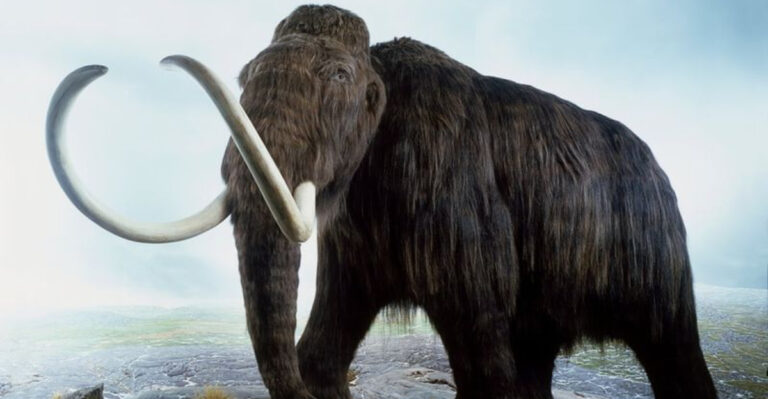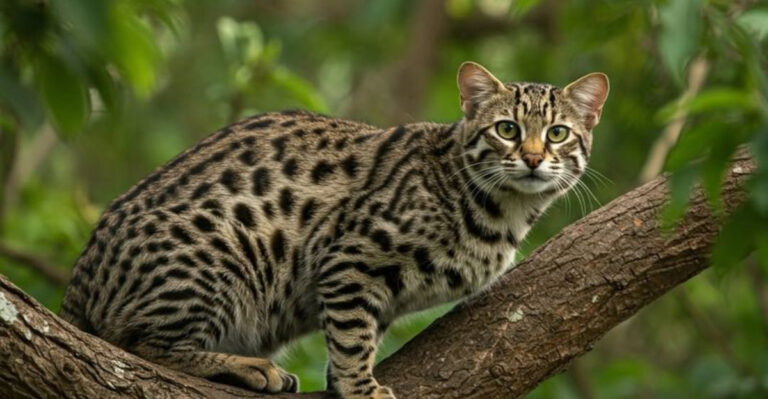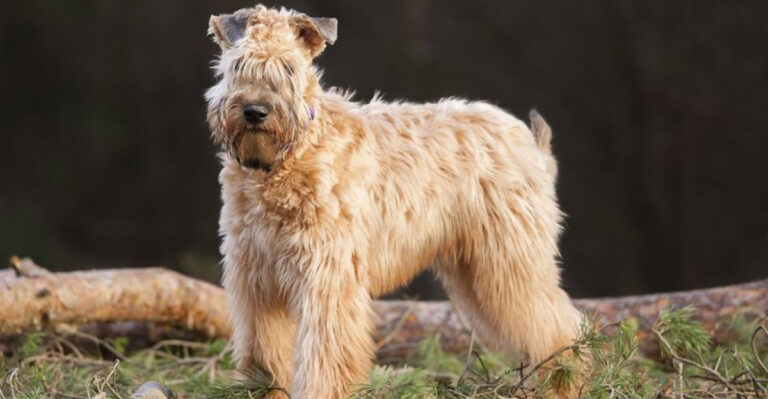The Strange Prehistoric Creature That Connects Whales To Land Mammals
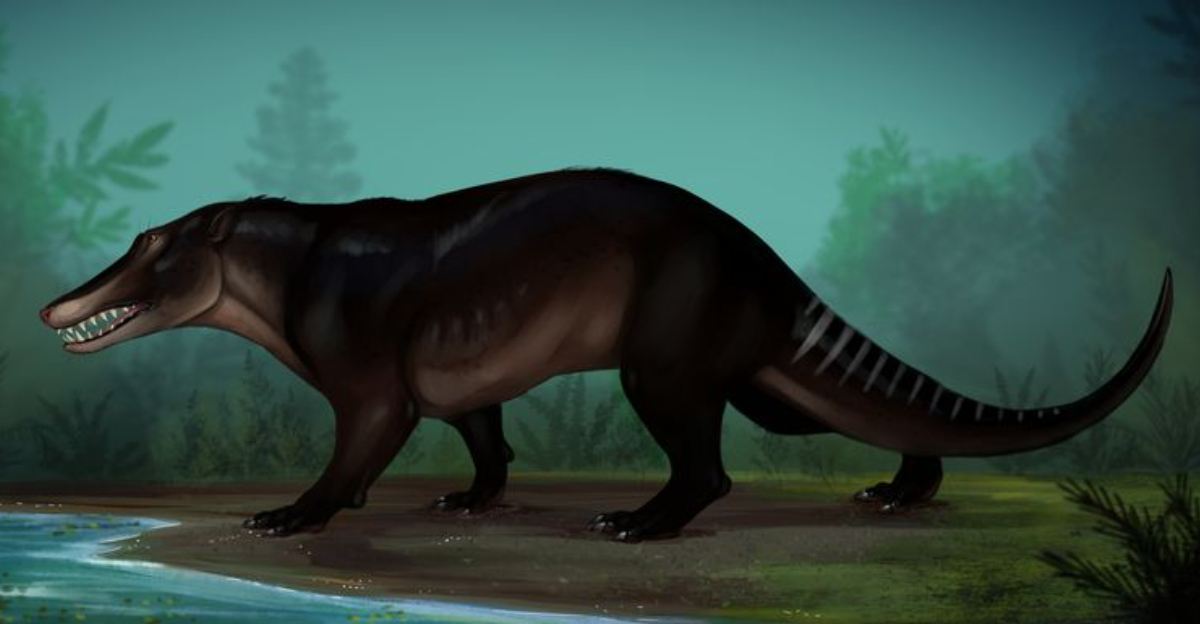
Ever wondered how massive whales evolved from land animals? Meet Pakicetus, a weird-looking creature that lived about 50 million years ago in what is now Pakistan.
This dog-sized animal is the missing link that shows how whales began their journey from land to sea. Its fossil discoveries have completely changed how scientists understand whale evolution!
The Walking Whale
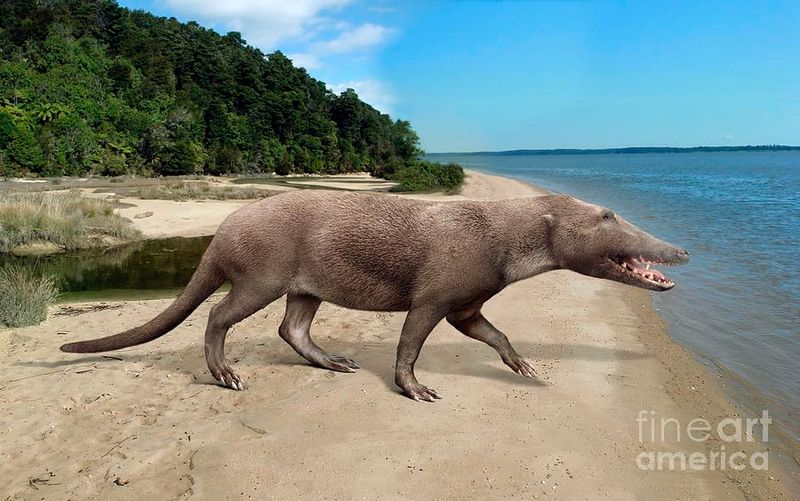
Pakicetus wasn’t anything like modern whales! This four-legged creature walked on land with hooved feet and a long tail. Scientists nicknamed it “the walking whale” because despite looking more like a wolf or small deer, its skull structure reveals its whale family connection.
The most shocking part? Pakicetus couldn’t swim very well! It probably waded in shallow rivers to catch fish, using its legs to walk through water rather than swimming like today’s whales. This half-land, half-water lifestyle was just the beginning of whales’ amazing evolutionary journey.
Ear Bones Tell The Tale
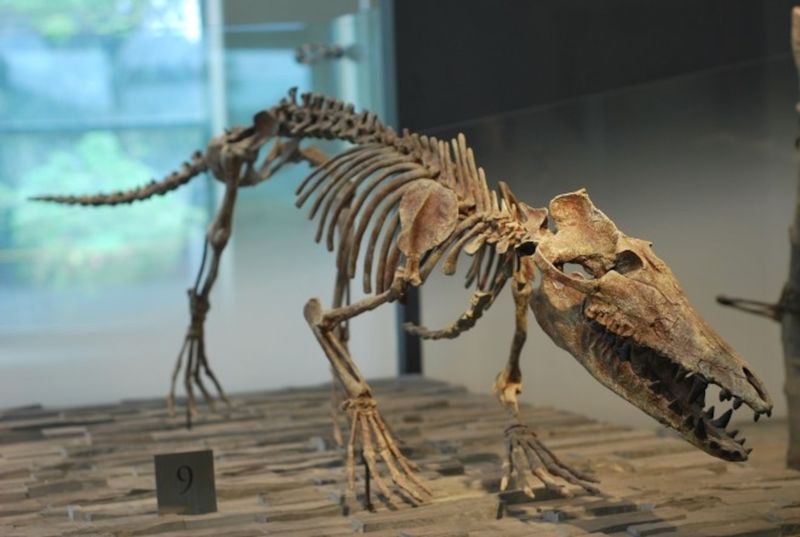
The smoking gun that connects Pakicetus to whales? Its unique ear bones! Modern whales have a thick, bony structure called the involucrum that helps them hear underwater. Remarkably, Pakicetus had an early version of this same structure.
No other mammal group has this special ear feature. When scientists discovered this connection in Pakicetus fossils, it was like finding the missing puzzle piece in whale evolution. The creature’s ears were already adapting for water, even while the rest of its body remained land-based.
Pakistan’s Ancient Seas
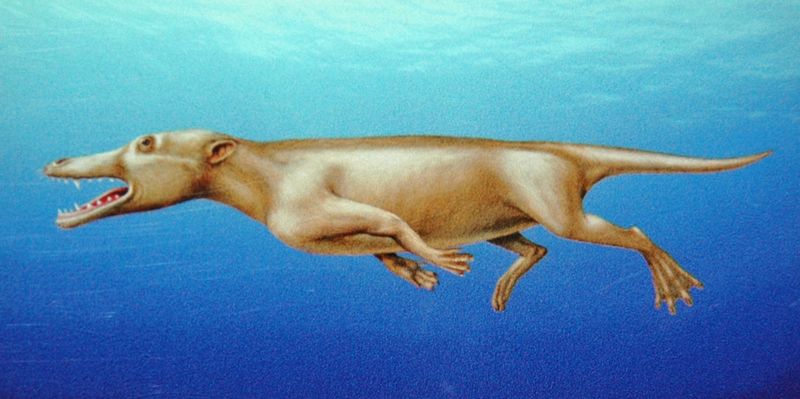
Why is it called Pakicetus? The name combines “Pakistan” (where it was found) and “cetus” (Latin for whale). The first fossils were discovered in 1979 in what’s now Pakistan’s Kala Chitta Hills, but this area looked totally different 50 million years ago!
Back then, Pakistan was a warm coastal region with rivers flowing into the ancient Tethys Sea. Pakicetus lived along these rivers, hunting in shallow waters. The changing environment may have pushed these creatures to become more aquatic over millions of years, gradually transforming into the ocean-dwelling giants we know today.
Teeth Of A Meat-Eater
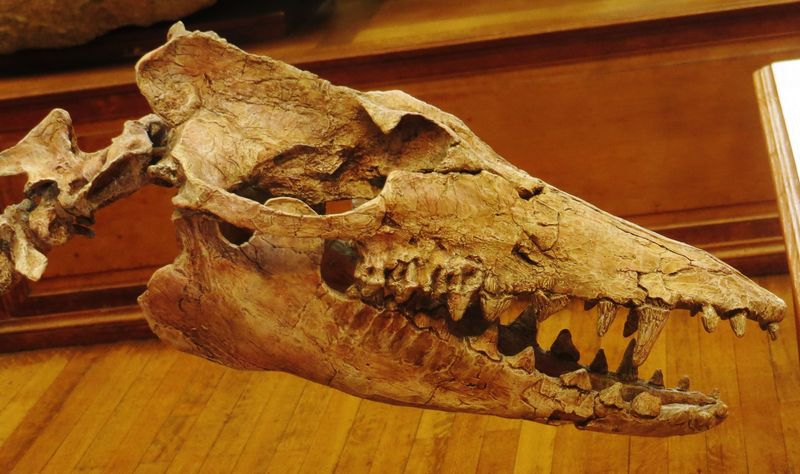
Smile! Pakicetus had sharp, pointed teeth perfect for catching slippery fish. Unlike the filter-feeding system of many modern whales, these ancient creatures were active predators with a mouth full of specialized chompers.
Their teeth show wear patterns suggesting they grabbed fish and other small aquatic animals. Fascinatingly, scientists can track how whale teeth evolved from these sharp meat-eating tools to the specialized baleen plates that many modern whales use to filter tiny organisms from seawater.
Family Tree Surprise
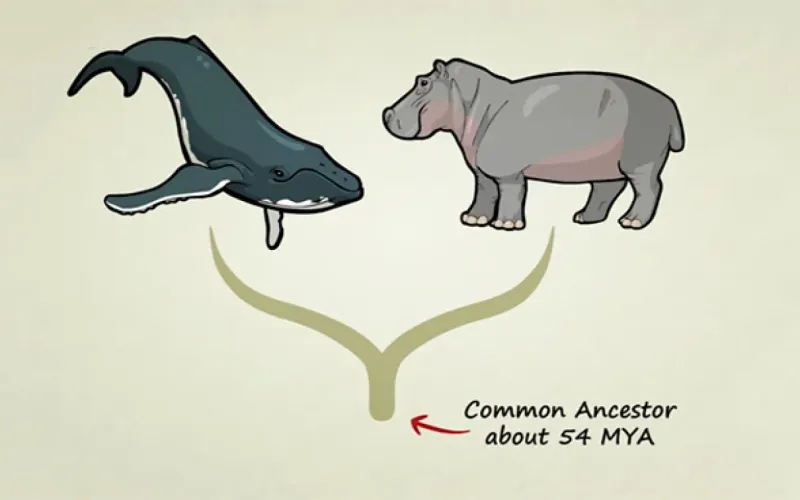
Would you believe whales are related to hippos? Pakicetus helps explain this weird family connection! Both whales and hippos evolved from a group of ancient hoofed mammals called artiodactyls.
Pakicetus sits near the base of the whale branch of this family tree. Its ankles have a special pulley-shaped bone structure that’s only found in artiodactyls. This means your massive blue whale shares a great-great-great (many times over) grandparent with cows, pigs, and hippos! Pakicetus represents the moment when the whale lineage began its own unique evolutionary path.
Journey From Land To Sea
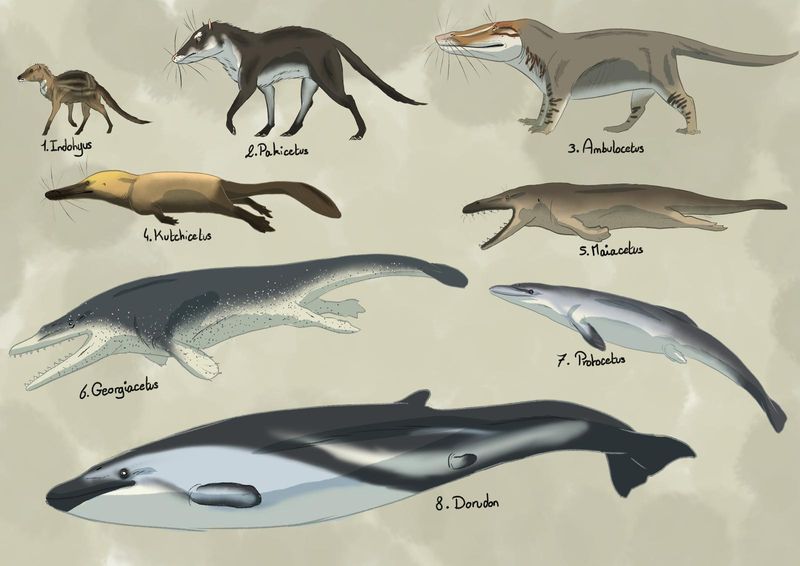
Pakicetus kicks off an amazing evolutionary story! After Pakicetus came Ambulocetus (the “walking whale”), which had webbed feet. Next was Kutchicetus with shorter legs better suited for swimming. Then came Rodhocetus with a powerful tail for swimming.
Later, Basilosaurus developed flippers instead of legs. Finally, about 35 million years ago, modern whale ancestors fully adapted to ocean life. This transition from land to sea happened over just 15 million years – super fast in evolutionary terms! Pakicetus represents the very first chapter in this incredible transformation story.
Hunting At The Water’s Edge
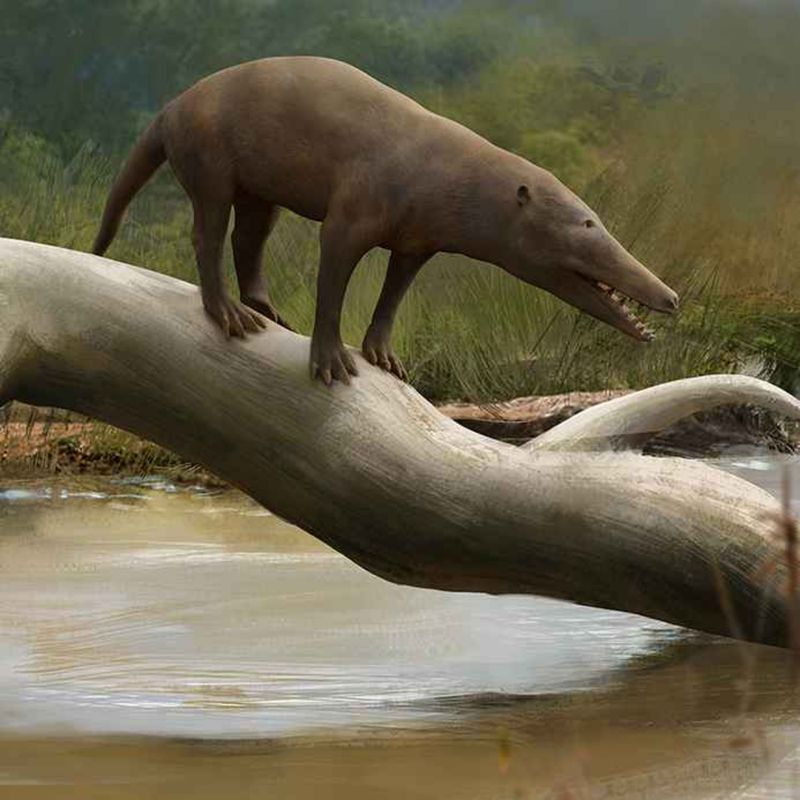
Pakicetus was the original riverside hunter! Studies of its fossils suggest it was an ambush predator that lurked at the water’s edge, snatching fish that swam too close. Its eyes were positioned high on its skull – perfect for spotting prey while keeping most of its body hidden underwater.
Chemical analysis of Pakicetus teeth reveals they drank freshwater, not saltwater, confirming they weren’t yet ocean dwellers. Their hunting strategy might have resembled modern crocodiles – patient predators that straddle the boundary between land and water. This riverside lifestyle was the first step toward their descendants’ fully aquatic existence.
Size Matters
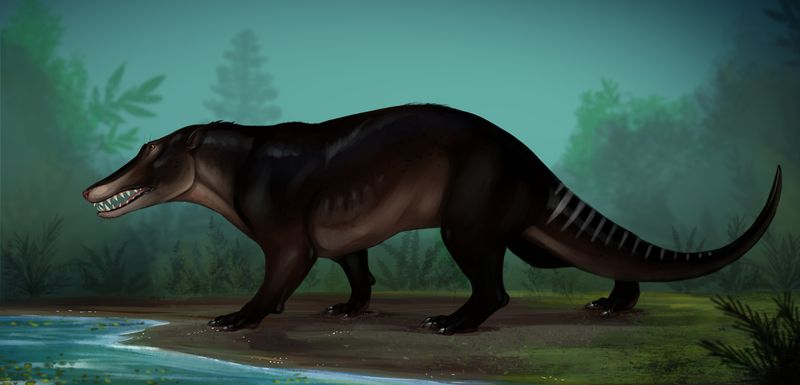
From small beginnings come great things! Pakicetus was tiny compared to today’s whales – roughly the size of a wolf or medium dog, weighing around 50-60 pounds. Its modest size let it move easily between land and water.
As whale ancestors became more aquatic, they grew larger. Ambulocetus was wolf-sized, while later Basilosaurus reached 60 feet long! This size increase helped with heat retention in water and allowed for more efficient swimming. Modern blue whales – the largest animals ever – can reach 100 feet and weigh 200 tons, an astonishing growth from their dog-sized ancestor Pakicetus!
Missing Blowhole
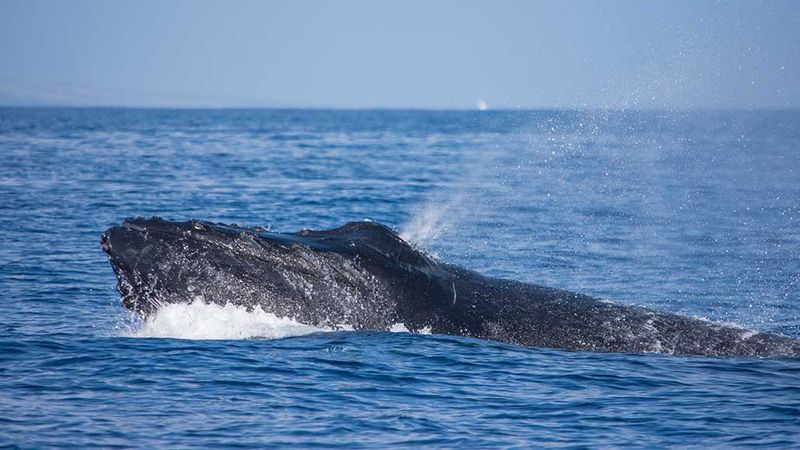
No blowhole here! Unlike modern whales, Pakicetus breathed through nostrils at the tip of its snout, just like land mammals. The iconic whale blowhole hadn’t evolved yet.
Over millions of years, whale nostrils gradually migrated backward on the skull. This adaptation allowed later whales to breathe easily at the water’s surface without lifting their entire head. In Pakicetus, we see the starting point before this amazing transformation began. The position of its nostrils is another clue that these creatures weren’t yet specialized for a fully aquatic lifestyle.
Scientific Detective Story
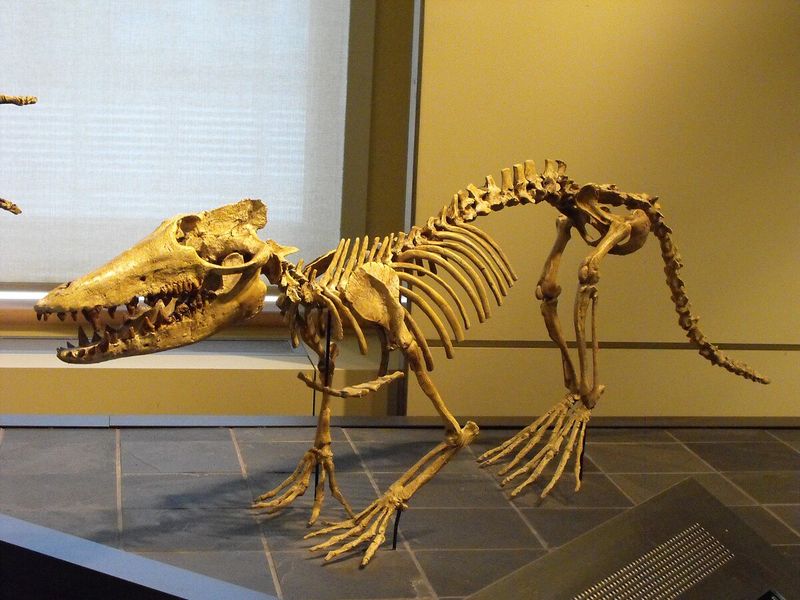
The Pakicetus discovery reads like a thrilling detective story! When first found in 1979, only a partial skull was recovered. Scientists initially thought it might be an early mesonychid (wolf-like meat-eater) with some whale-like features.
The mystery deepened in 2001 when researchers unearthed more complete Pakicetus skeletons. These new fossils revealed its four legs and hoofed feet, shocking the scientific community! The discovery completely rewrote our understanding of whale evolution, proving these ocean giants descended from small, hoofed land mammals. It’s one of paleontology’s most dramatic plot twists!



